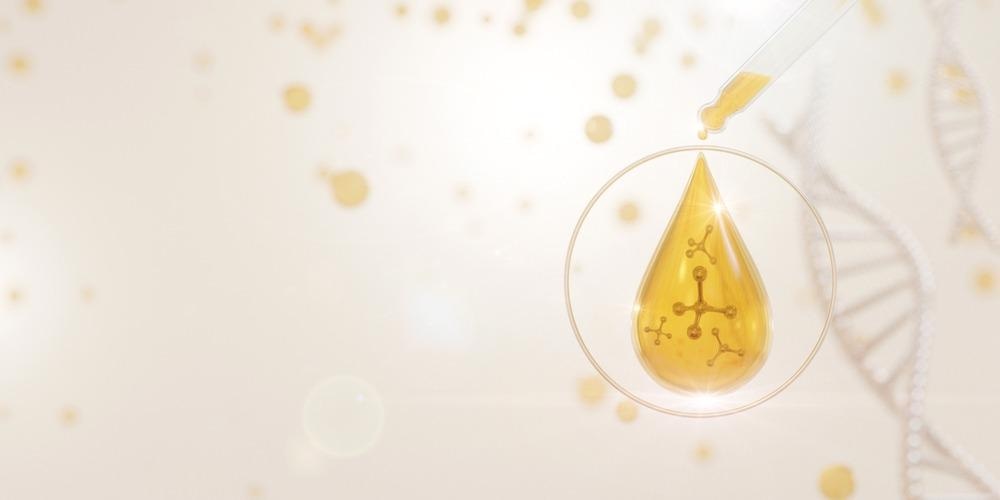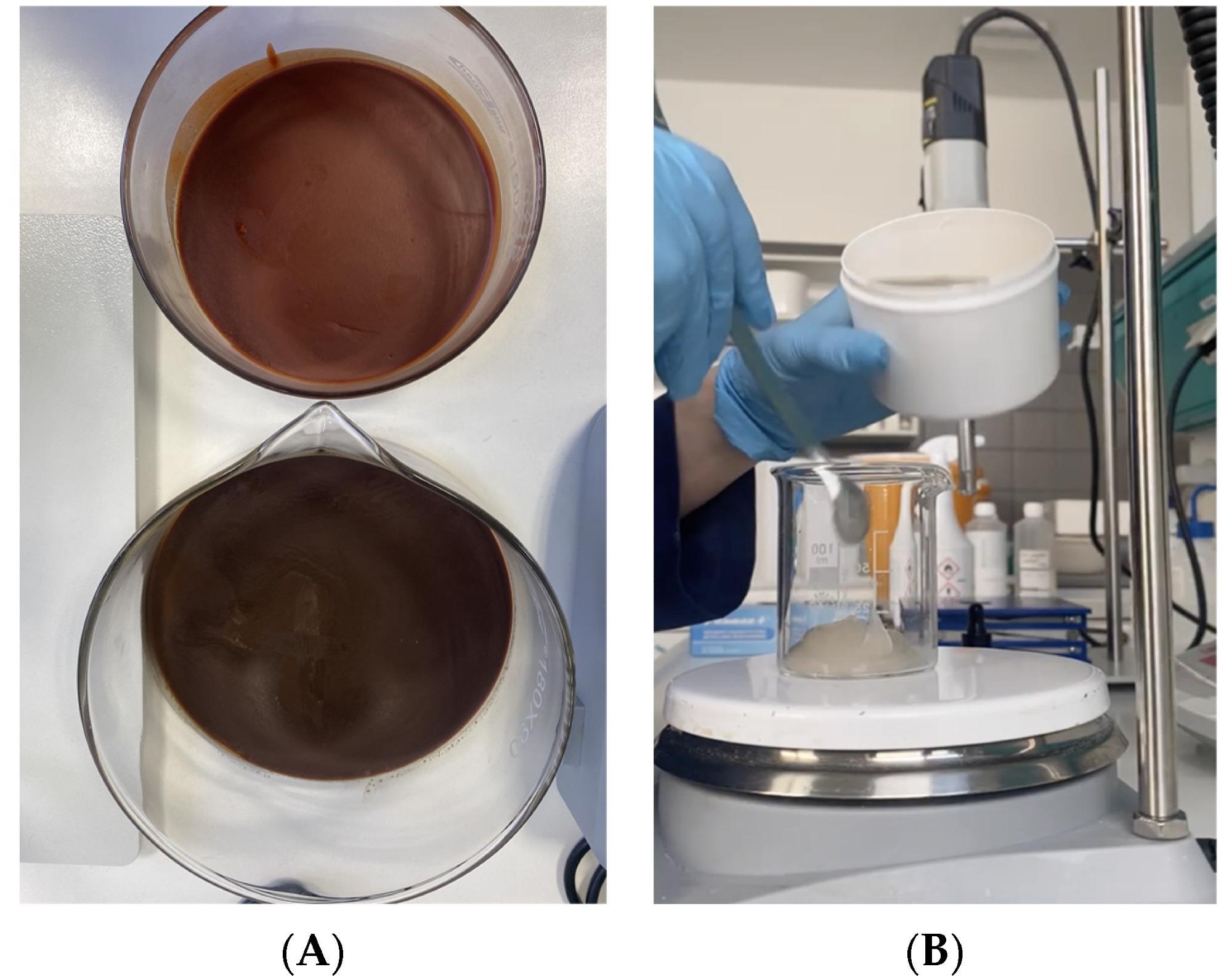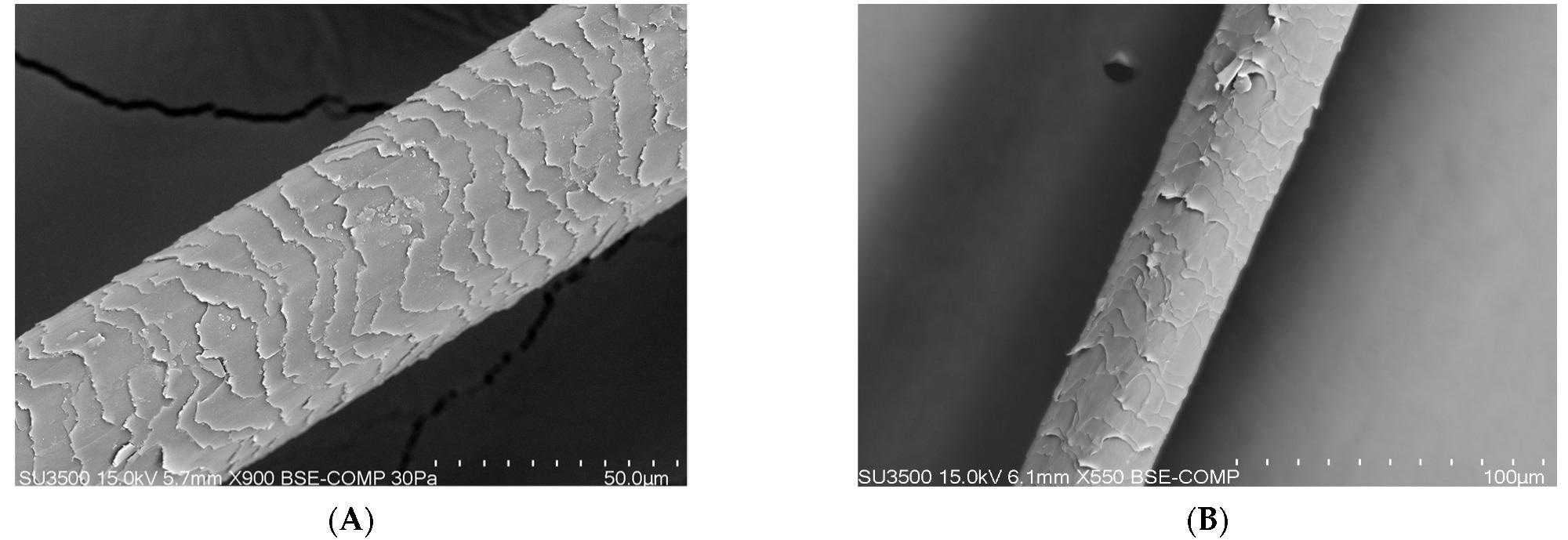New research presented in the Polymers journal has explored approaches to sourcing natural polymers from abundant fish waste products, leveraging these unlikely yet abundant resources to produce cost-effective and environmentally friendlier natural polymers destined for use in hair cosmetic products.

Study: The Use of Natural Collagen Obtained from Fish Waste in Hair Styling and Care. Image Credit: atk work/Shutterstock.com
Natural polymers offer a range of advantages over synthetic polymers, not least when employed in personal care products such as hair cosmetics.
From a purely chemical perspective, polymers can be understood as multi-molecular compounds offering a range of specific physicochemical properties.
Hair cosmetics in particular rely on polymers’ ability to generate a protective film, as well as polymers’ potential to make viscous cosmetic formulations that are easy to apply. These polymers offer other practical benefits such as making hair easier to comb, preventing it from clumping together, and increasing its volume.

(A) Molten phase II. (B) The final form of the laminate. Image Credit: Igielska-Kalwat J et al., Polymers
Many cosmetic products have historically employed artificially modified polymers, but these tend to be resistant to biological factors, presenting a significant issue in terms of their environmental impact.
As part of this widespread move towards sourcing and refining more natural polymers, researchers have turned to the fishing industry.
Commercial fishing tends to generate significant amounts of waste products such as spines, skins, dorsal chords, scales, and more. Many of these products end up in landfills or are processed into animal feed.
Despite the positive properties of synthetic polymers, these are also prone to accumulating on the hair shaft, creating a tight, aggravating film through which no beneficial active substances can penetrate and making the hair heavy, unwieldy, and difficult to style; in some ways having the opposite effect to the initial goal of the hair cosmetic itself.
Natural collagen itself is a building block of bones, skin, and connective tissue membranes, and its unique physicochemical properties have led to this being widely used in industry, including in pharmaceuticals and cosmetics.
Mammalian collagen had historically been commonplace throughout cosmetic products (particularly in skincare), but recent issues around the Creutzfeldt–Jakob disease and the BSE epidemic led to this mammalian collagen being systematically replaced with a preparation obtained from fish.
Throughout this process of change and upheaval throughout the industry, it was noted that fish-based collagen actually offered improved cosmetic properties. It was possible to carefully extract this collagen while preserving its biological activity and its ability to penetrate the extracellular space of the epidermis, influencing keratocyte and fibroblast activity and resulting in beneficial cosmetic and dermatological effects.
With this in mind, the paper’s authors aimed to extend the application of fish-derived natural collagen to generate polymer-based cosmetic formulations destined for use in hair styling, washing, and conditioning.
These natural polymers were then compared by assessing probands using synthetic organosilicon and natural polymers. They also focused on characterizing the collagen’s biochemical structure by analyzing the amino acid composition.
The researchers were able to employ natural biodegradable collagen that had been combined with hyaluronic acid, raspberry oil, and ceramides to provide a well-performing and – most significantly – more environmentally friendly - alternative to the controversial synthetic organosilicon polymers.
It was also determined that this alternative polymer was able to generate an occlusive film to help prevent the negative impacts of solar radiation, temperature changes, pathogens, pollution, and the aggressive products commonly used for hairstyling.

(A) Photo of the hair of proband A before the application of collagen laminate (50-micron × 900, 15 kilowatt-hours). (B) Photo of the hair of proband B before the application of collagen laminate (100-micron × 550, 15 kilowatt-hours). Image Credit: Igielska-Kalwat J et al., Polymers
Perhaps most notably, the collagen laminate product had been obtained from natural fish waste, helping find a practical use for some of this abundant waste product and reducing the amount being sent to landfills. Because the collagen had been obtained in a native form for the final product, it would be possible to utilize this in a solid form, as a gel, or as a solution.
Evaluations of the final product confirmed a significant improvement in hair condition versus its synthetic counterpart, suggesting that this innovative use of an otherwise waste product could yield beneficial outcomes for consumers and producers alike.
References
Igielska-Kalwat J, Kilian-Pięta E, Połoczańska-Godek S. The Use of Natural Collagen Obtained from Fish Waste in Hair Styling and Care. Polymers. 2022; 14(4):749. https://www.mdpi.com/2073-4360/14/4/749
Disclaimer: The views expressed here are those of the author expressed in their private capacity and do not necessarily represent the views of AZoM.com Limited T/A AZoNetwork the owner and operator of this website. This disclaimer forms part of the Terms and conditions of use of this website.